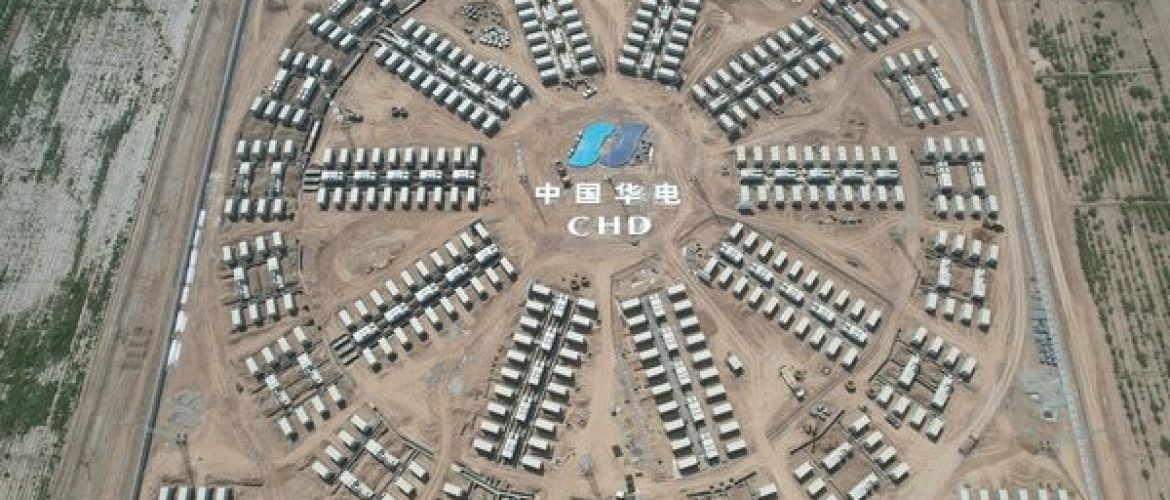With a capacity of two gigawatt hours, the four-hour storage system is considered the largest lithium iron phosphate energy storage project in the country. The China battery storage facility utilizes a split-storage approach.
The first phase of the Huadian Xinjiang Kashgar project, China’s largest stand-alone battery storage facility, began operation on July 19. The 500 megawatt/2 gigawatt-hour facility marks the first phase of the megaproject. Developers plan to double its capacity to 1 gigawatt/4 gigawatt-hours.
The project is located 41 kilometers east of Kashgar in Xinjiang Province. It covers an area of 119,000 square meters and involves a total investment of approximately 1.6 billion yuan (around 190.5 million euros).
The facility comprises 100 lithium iron phosphate (LFP) energy storage units. It utilizes an innovative split-system approach, with half of the systems operating with grid-forming inverters and the other half with grid-commutated inverters. A 220-kilovolt transmission line connects the facility to the 750-kilovolt substation in Kashgar, ensuring its integration into the regional grid.
Huadian Xinjiang Company, a regional subsidiary of China Huadian Corporation, developed the project. China Huadian is one of the country’s five largest state-owned power generation companies. The subsidiary will also own and operate the facility. The project received support from the State Grid Xinjiang Electric Power Company and several construction partners, including Power China as the EPC contractor. According to the company, the team overcame delays and logistical challenges to complete this groundbreaking project.
China continues to break new ground in the adoption of energy storage, both in terms of scale and technology. In November last year, the first phase of the 500-megawatt/2-gigawatt-hour “Xinhua Wushi” project began operation. It features a hybrid of grid-forming lithium iron phosphate and vanadium redox flow batteries. This project is the largest hybrid energy storage facility in China and includes the world’s largest grid-forming vanadium redox flow battery.In the second phase, developers plan to expand its capacity to 250 megawatts/1 gigawatt-hour.
Power China, a state-owned infrastructure conglomerate, has started building a 1 gigawatt/6 gigawatt-hour battery storage facility in Ulanqab, Inner Mongolia. The company promotes the project as the world’s largest electrochemical energy storage system on the power generation side. By connecting the China battery storage facility directly to power generation units, it aims to optimize grid performance.



